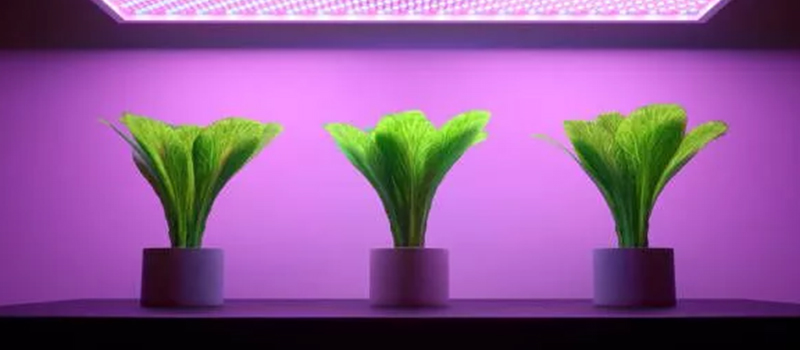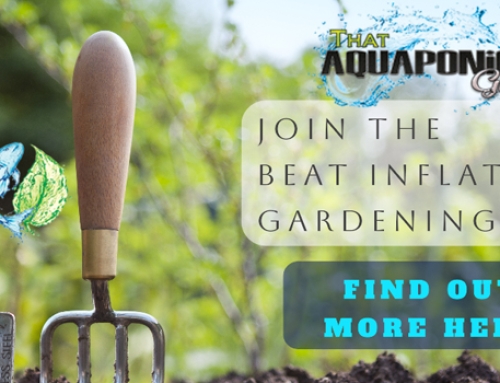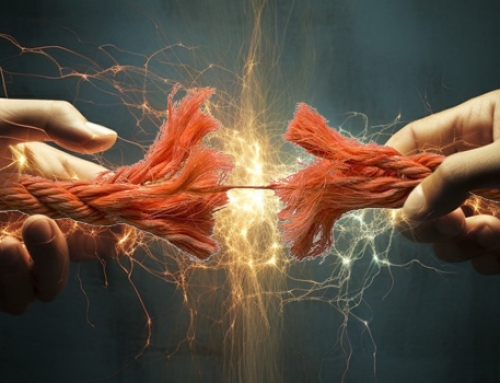Let There Be Light!
One of the few things that are needed in the growing of plant life is light, sunlight or UV rays. Starting and growing your plants indoors is a great way to change up your gardening efforts and to extend your growing season year round. However, providing the proper lighting best for that plant growth can seem like a daunting task to undertake.
It just doesn’t have to be so. With the right grow lights, you can be on the right foot with your indoor garden all year. Getting your plant life as directly into the sunlight as possible is key. Natural is always best, and in this case it is so. Barring being able to set them in a sun room of any sort, the question comes to mind what type of lights are best? The question of incandescent versus fluorescent lighting is a choice between bad and not so bad… but it isn’t the best. Most indoor plants will benefit somewhat from fluorescent lighting, which is more energy efficient and burns cooler than incandescent lighting.
Plants Need Light
Just as they do outdoors, plants have varying needs for light. Too much light, constant and consistent over hours and hours can cause the leaves of the plant to curl. Too much heat, direct and dry as in a desert, can cause leaves to burn and the plant to wither. On the other hand, plants that receive too little light can become weak and stretched-out out or “stringy.”
As you are planning to grow indoors, you need to determine how much light is the right amount and the answer to that question depends on what you are growing. Foliage plants (lots of leaves) generally require less light, for instance, whereas exotic plants like more light. Keep in mind also that some plants require periods with no little to no light in order to flower. That is why you have to know the plant you want to grow inside and out.
Let’s get down into the biology of things, here we go – plants use light waves that we can see (light that is readily visible to the human eye) and some invisible wavelengths we can’t see (such as infrared or UV). Plants capture these wavelengths in both the blue and red parts of the light spectrum to use during photosynthesis.
Now, standard incandescent lights serve as a decent source of red rays, but they a incredibly poor source of blue rays. You also run into issues of heat exposure that is no good for certain species. On the other hand, fluorescent lights give off both red and blue wavelengths. They also give off little heat, so they can be placed only inches above seedlings and young plants.
Then you have the newly-fangled LED lights. The main difference between grow lights and regular bulb or fluorescent lights is the wavelengths of light they put out. A lot of plant lights produce a wider spectrum of wavelengths than the traditional LED or fluorescent lights put out. There are specifically modified LED lights/lamps that can get you the beneficial light wavelengths better for growth. It’s also important to note the difference between lights that are full spectrum and ones that aren’t. Full spectrum, while not a truly technical term, refers the use of the entire spectrum of light in an attempt to mimic natural sunlight.
LED’s can best mimic the role the sun has in photosynthesis, a full spectrum LED grow light emits a unique spectrum across all colors including red, green, and blue to help plants accelerate in all growth stages. Especially the LED’s that are geared for the PAR spectrum (Photosynthetically Active Radiation) — this is the range of 400 to 700 nanometers that mimics sunlight and helps plants with photosynthesis. No matter what type of grow light or light you want, you need to make sure it has this.
The Right Light to Garden Indoors
How does one determine how much indoor lighting might be needed? For light-needy plants like tomatoes, melons and peas, a good rule to go by is about 40 watts per square foot of growing space. For low light plants such as herbs and lettuces, you need only about 25 to 30 watts per square foot.
I know that you are looking at me as if you have now entered a math class that is being taught in a different language, but hear me out.
When figuring your growing area, be sure to measure only your growing area i.e. the grow bed where the plant will reside, and not the actual room size. If you will be growing plants in a 3 x 3 area, here is the formula for lighting, follow along now and pause as necessary:
The growing area: 3 x 3 = 9 square feet. To get the desired watt usage, multiply the watts by the square feet. So, 50 x 9 = 450 watts. You can round up to 500 watts and plan on using a 500 watt grow light for optimum plant growth.
How Can I Use a Grow Light?
Grow lights give you a chance to expand the range of plants you can grow indoors as well as the time frames (year-round) to do that in. The right type of lights also help your plants grow faster or look healthier when located in places where they don’t get enough natural light. The best type of light you can use is one that emits a warm color (even white can be warm!) and whose location can be adjusted. You don’t want your light too close to your plant so as it grows it’s great to be able to change the distance. Most grow lights have timers that mimic the sun’s natural light. They should be left on for 8 to 16 hours if your plant isn’t getting any light at all because of where it’s placed. If it is getting some light, you can change the timing to keep your plant looking its best.
Also, consider utilizing a reflector. What is a reflector? A reflector ensures that your plants receive a uniform amount of light from a grow light.
Keep in mind that the quantity of light can drop off dramatically under the lights especially if the plant leaves are larger, depending on where the plants are located in your grow bed and how large of an area it occupies. A sign that this is happening is when seedlings and plants grow at an angle toward brighter light. To solve this problem, extend light reflectors out past the edges of your flat areas. You can do this inexpensively by making cardboard panels wrapped with aluminum foil to provide more light for your plants. You also can place aluminum foil or a white surface behind plant fixtures for more light reflection.
Overall TakeAway
About 2.7 million American households buy indoor grow lights each year and, according to the University of Vermont Extension Service, about 15 million American households grow plants under lights indoors. You can join those numbers today click here to see what grow lights we have for you on the TAG site!
By using grow lights effectively, you can grow plants from virtually any location in your house at any time of year – and enjoy fresh produce even during the cold months. When it comes down to it, the most important thing is that plants get enough light intensity. If you have a light that provides what your plant needs, your plant probably won’t mind if it’s not a specially designed plant light or a less expensive and more utilitarian light source. Give it a try.






